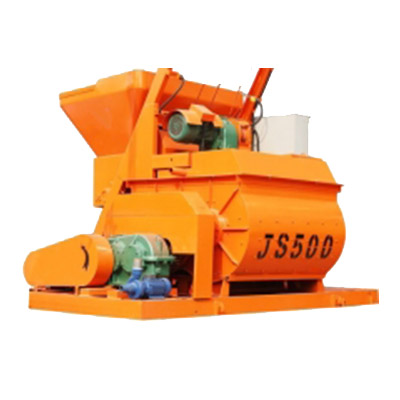Innovative Design Solutions for Maximizing Space in Stackable Chicken Cage Systems
ئاۋغۇست . 14, 2024 15:43 Back to list
Innovative Design Solutions for Maximizing Space in Stackable Chicken Cage Systems
The Rise of Stackable Chicken Cages Revolutionizing Poultry Farming
In recent years, the poultry farming industry has witnessed significant advancements in animal husbandry practices. Among the innovations, stackable chicken cages have emerged as a transformative solution, enhancing both productivity and welfare for chickens. These cages, designed with vertical stacking in mind, are gaining traction among both commercial and small-scale poultry farmers. This article explores the benefits, implementations, and potential future of stackable chicken cages in the poultry industry.
One of the primary advantages of stackable chicken cages is the efficient use of space. Traditional chicken farming often relies on horizontal space, leading to sprawling operations that can be challenging to manage. Stackable cages, however, allow farmers to utilize vertical space, accommodating more birds in a smaller footprint. This vertical farming approach not only maximizes land use but also reduces the costs associated with land acquisition and maintenance. Especially in urban or suburban settings where land is limited, stackable cages provide an innovative solution, allowing farmers to expand their operations without the need for extensive land investment.
In addition to space efficiency, stackable chicken cages enhance biosecurity measures in poultry farms. By grouping chickens in tiers, farmers can implement stricter controls over the environment in which the birds are raised. The design of these cages typically includes features that minimize the risk of disease transmission, such as individual compartments that reduce bird-to-bird contact. Enhanced biosecurity is crucial in the poultry industry, where diseases like avian influenza can have devastating effects on flocks. With stackable cages, farmers can better protect their investments and ensure healthier birds.
stackable chicken cages

Moreover, stackable chicken cages often incorporate modern technologies that promote the overall welfare of the chickens. For instance, many cages are designed with improved ventilation systems, ensuring that birds are kept in optimal temperatures and humidity levels, which is essential for their health and productivity. Additionally, these cages can be equipped with automated feeding and watering systems, ensuring that the birds have continuous access to food and clean water. Such automation not only improves the welfare of the chickens but also reduces the labor intensity of poultry farming, allowing farmers to allocate their resources more effectively.
Environmental sustainability is another key consideration in modern poultry farming, and stackable chicken cages contribute to this goal. By optimizing space and resource management, these cages can significantly reduce the environmental footprint of poultry operations. The efficient use of feed, reduced land requirement, and potential for waste recycling all contribute to a more sustainable farming model. As consumers become increasingly concerned about the environmental impact of their food sources, adopting sustainable practices through innovations like stackable cages can set modern poultry farmers apart in the marketplace.
While the benefits of stackable chicken cages are evident, it is crucial to recognize that successful implementation requires thoughtful planning and investment. Farmers must consider the initial costs associated with these systems, including the purchase of cages and necessary infrastructure. Training and education for farm workers are also essential to ensure effective management of these new systems.
In conclusion, stackable chicken cages represent a significant advancement in poultry farming, addressing key challenges related to space, biosecurity, bird welfare, and environmental sustainability. As the industry continues to evolve, these innovations will likely play a pivotal role in shaping the future of poultry farming. By embracing technologies that promote efficiency and welfare, farmers can not only enhance their productivity but also contribute positively to the growing demands of consumers seeking sustainable and humane food sources. The future of poultry farming is indeed looking up—quite literally, with the rise of stackable chicken cages.
-
Automatic Feeding Line System - Anping County Yize Metal Products Co., Ltd.|Pan Feeder, Nipple Drinker
NewsJul.30,2025
-
Automatic Feeding Line System-Poultry Farming|Chicken Feeding&Watering
NewsJul.30,2025
-
Automatic Feeding Line System - Anping County Yize Metal Products Co., Ltd.|Pan Feeder Nipple Drinker,Broiler Farming
NewsJul.30,2025
-
Automatic Feeding Line System Pan Feeder Nipple Drinker-Anping County Yize Metal Products Co., Ltd.
NewsJul.30,2025
-
Automatic Feeding Line System-Anping County Yize Metal Products Co., Ltd.|Durable Construction&Easy Maintenance
NewsJul.30,2025
-
Automatic Feeding Line System-Anping County Yize Metal Products Co., Ltd.|Pan Feeder Nipple Drinker&Durable Poultry Farming Solution
NewsJul.30,2025






